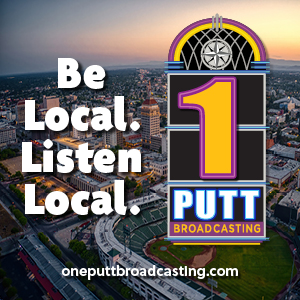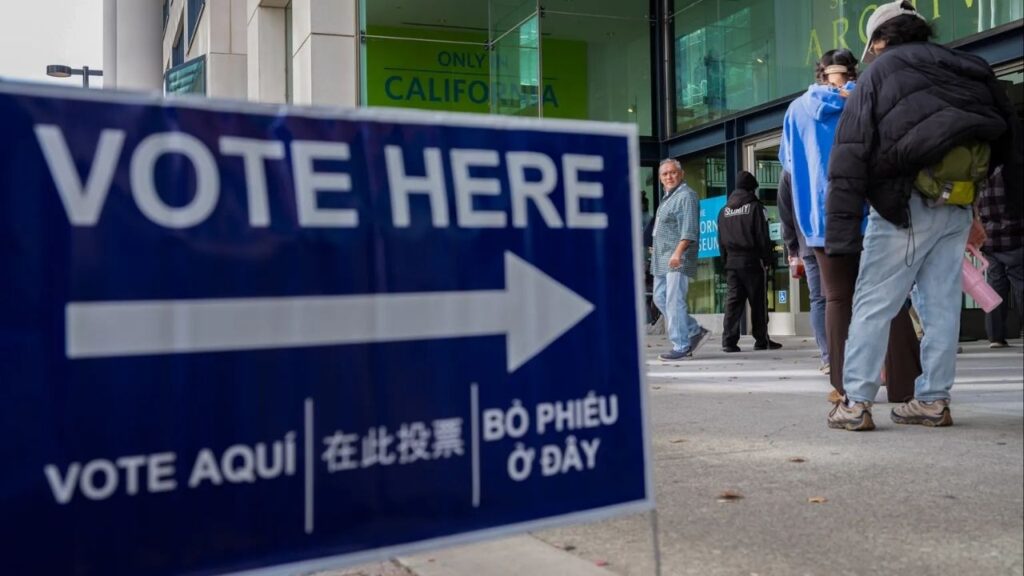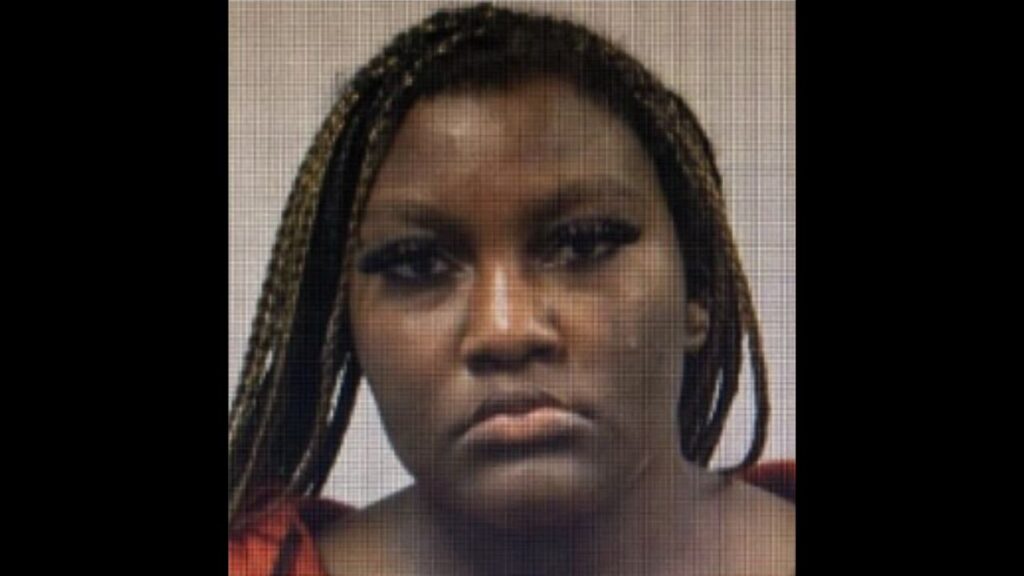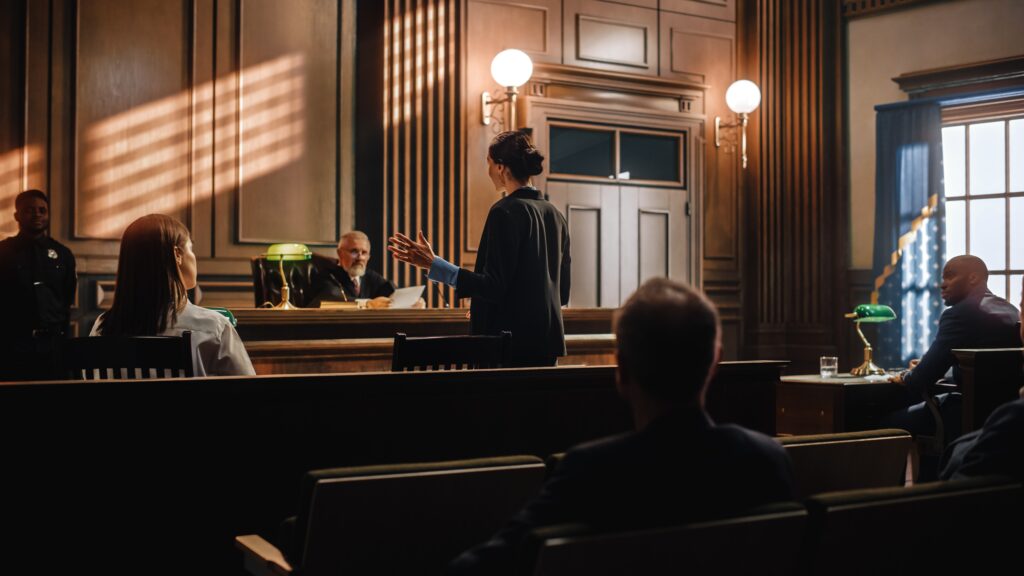Gallup survey reveals significant rise in LGBTQ+ identification, driven by Gen Z and bisexual women, amid changing social landscape. (Shutterstock)

- Gen Z leads the surge in LGBTQ+ identification, with nearly a quarter identifying as such in recent Gallup surveys.
- Bisexuality emerges as the most common LGBTQ+ identity among young adults, especially Gen Z women.
- Political tensions rise as the Trump administration reverses LGBTQ+ supportive initiatives, particularly for transgender individuals.
Share
|
Getting your Trinity Audio player ready...
|
Nearly 1 in 10 adults in the United States identifies as LGBTQ+, according to a large analysis from Gallup released Thursday — almost triple the share since Gallup began counting in 2012, and up by two-thirds since 2020.
The increases have been driven by young people, and by bisexual women.
Nearly one-quarter of adults in Generation Z, defined by Gallup as those 18 to 27, identify as LGBTQ+, according to the analysis, which included 14,000 adults across all of Gallup’s telephone surveys last year. More than half of these LGBTQ+ young adults identify as bisexual.
Among all respondents, 1.3% identified as transgender, up from 0.6% in 2020. That is higher than other large surveys have found in recent years.
Members of Gen Z were most likely to be transgender, Gallup found — 4.1% were, compared with 1.7% of millennials and less than 1% in each older generation. Various groups have tried to count this population, and Gallup’s survey is considered one of the most complete.
Respondents were asked if they considered themselves straight or heterosexual, lesbian, gay, bisexual or transgender, and could choose more than one identity or volunteer another. About 86% of respondents said they were straight, according to Gallup.
Related Story: California Bans Schools From Forcing Teachers to ‘Out’ LGBTQ Students
Trump Administration’s LGBTQ+ Policy Reversals
President Donald Trump’s administration has recently reversed a variety of initiatives aimed at supporting LGBTQ+ people, particularly those who are transgender.
Based on an executive order declaring that there are only two sexes and that they cannot be changed, the Trump administration has threatened to end federal funding for hospitals that provide gender-transition health care to people younger than 19; ban transgender girls and women from competing on female sports teams; and ban transgender people from serving in the military.
The president has announced plans to revoke federal funding from schools that teach about “gender ideology,” and dismantled a policy protecting transgender students from discrimination. Government agencies have removed resources related to terms like LGBTQ+ and gender from their websites. (Some have been restored under a court order.)
Impact of Societal Acceptance on LGBTQ+ Identification
Increasing LGBTQ+ identification has been “largely driven by the many decades of gradual increasing societal acceptance,” said Dr. Mitchell R. Lunn, who co-directs the Pride Study, a research project at Stanford University on the health of LGBTQ+ people. Now, he said, “I think we may lose a lot of the really positive momentum that we’ve built over the past decades.”
Lunn said he thinks the Gallup numbers are probably an underestimate, mostly because people might not feel comfortable sharing the information in a telephone survey. (Five percent of respondents declined to answer Gallup’s question.) He said he wouldn’t be surprised if the numbers declined next year, if social acceptance decreases under the Trump administration: “I worry that it will push some people to go back into the closet and not be out about their identity anymore.”
In the surveys, there were large differences in LGBTQ+ identification by political ideology. Twenty-one percent of liberals identified this way, compared with 3% of conservatives. There were also significant gender differences: Women were almost twice as likely as men to identify as LGBTQ+. In Gen Z, 31% did, compared with 12% of men.
Though LGBTQ+ identification has increased in recent years for all but the oldest generations, it has grown fastest among young people. An average of 23% of Gen Z adults have identified this way over the past two years, up from 19% from 2020 to 2022.
Related Story: Conflict Over Race, LGBTQ Issues Cost Schools More Than $3 Billion Last School Year
Most of them identify as bisexual. Of Gen Z women, 23% are bisexual, compared with 12% of millennial women. While men have generally been less likely to identify as bisexual, that is changing for those in their teens and 20s. Eight percent of Gen Z men identify as bisexual, compared with 2% of millennial men, and Gen Z is the only age group in which men are likelier to say they’re bisexual than gay.
Bisexual men have faced additional stigma, studies have found, but researchers have said that might be changing for young men as the definition of masculinity has broadened, and as young people increasingly think about sexuality on a spectrum. Jessie Ford, a sociologist at Columbia University, said that in her interviews with young people, they talk about wanting to be open in their sexuality and avoid rigid identities like straight or gay.
Young people have come of age during a period of unusually rapid social change in this area since the 2010s. It’s been driven by the nationwide legalization of same-sex marriage in 2015, and by pop culture and social media.
It’s now common for middle and high schools to have LGBTQ+ affinity groups, which researchers have said are important for adolescent mental health at a time when they are exploring their identity. Schools have been especially welcoming in the West and Northeast, according to GLSEN, a nonprofit that researches LGBTQ+ students.
Yet even as acceptance has been growing, so has stigma. Many states, particularly ones led by Republicans, have proposed or enacted restrictions aimed at LGBTQ+ young people in recent years, particularly young transgender people. This has probably contributed to the poor mental health of young people who are gay or transgender, researchers said.
—
This article originally appeared in The New York Times.
By Claire Cain Miller and Francesca Paris
c.2025 The New York Times Company
RELATED TOPICS:
Categories
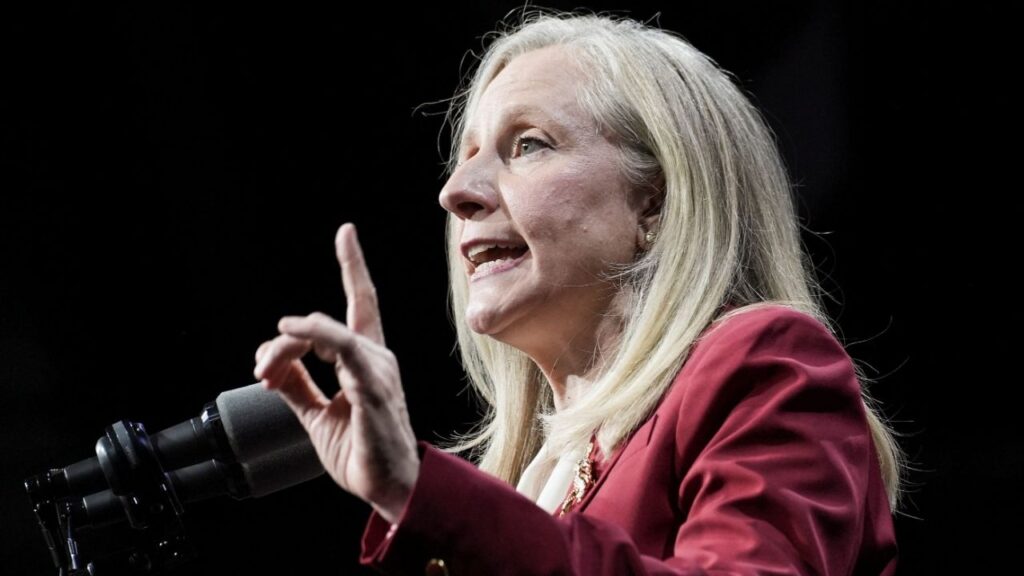
Takeaways From US Election Night 2025






